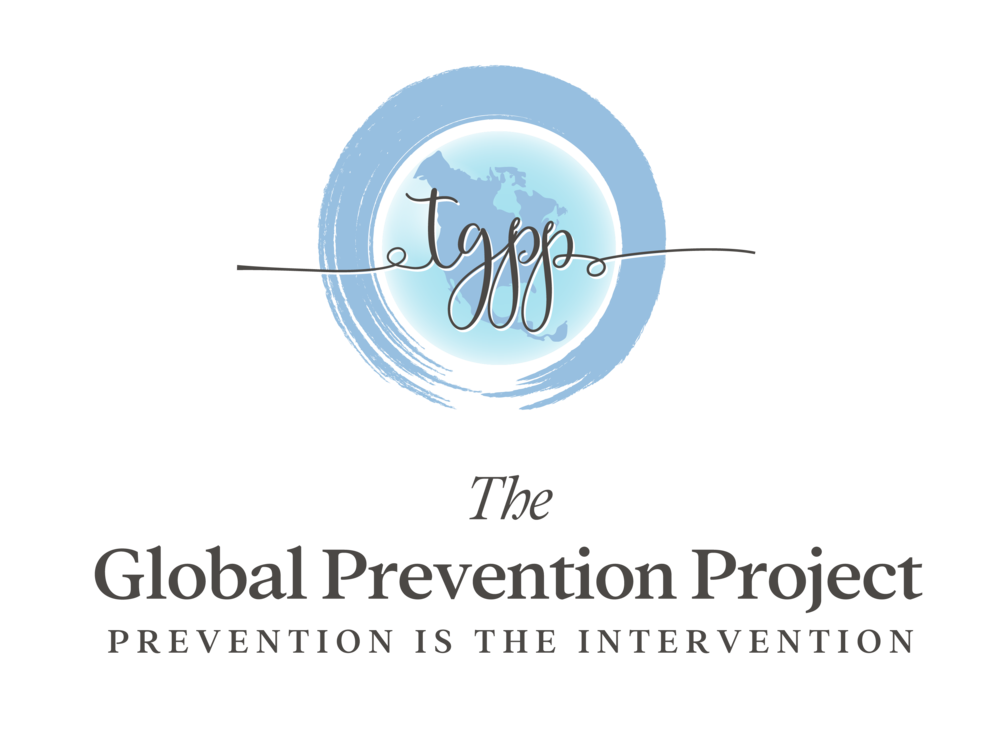‘Minor attracted person’ or MAP is a widely acknowledged term used in the global Sex Offender Research and Sex Offender Treatment Community. To reiterate, this is not a term we invented, NOR is it a term used to rebrand pedophiles OR link them to the LGBTQ community.
MAP is an umbrella or all-encompassing term used to signify or delineate specific age's of attractions.
- A pedophile is an individual attracted to a pre-pubescent child;
- A hebephile is an individual attracted to a pubescent child (11-14) and;
- An ephebophile is an individual attracted to a post-pubescent child (i.e., a teen, 15-19).
Regardless of whether you believe attractions are chosen or innate, the point is that these terms define an attraction, not a behavior. The behavior being, acting on these attractions, i.e., the sexual abuse of children. In our program this is exactly what we want to prevent. By providing treatment and support to MAPs we are in NO WAY condoning child sexual abuse. To assume this is ludicrous and ignorant. Writing slanderous articles claiming that we are advocates of child sexual abuse drives individuals who struggle with this attraction further into isolation and further from help.
Identities are shaped by individual characteristics, family dynamics, historical factors, and social and political contexts, essentially, who we are is largely dependent on who the world around us says we are (Tatum, 2000). Because pedophile is so often conflated and used interchangeably with sex offender, individuals who identify as a MAP or a pedophile are viewed by society, their friends, their families as sex offenders. Both these terms are used contemptuously to define abusive acts, i.e., the sexual abuse of children. It is no wonder then that the word pedophile elicits such strong visceral reactions. When you hear the word pedophile, you likely have an image in your head based on societal assumptions and prejudices.
Even among the academic community, pedophilia is described with disgust and contempt, “these feelings strongly influence the kind of research that is done on the topic of sexual attraction to children and adolescents, promoting research that supports the narrative of the sexually deviant predator and stamping out any research that contradicts it” (Cash, 2016, p.1). Which is essentially confirmation bias.
In Pedophila, Seto (2009) asserts the idea that all pedophiles have sexually abused children or will, is based on two assumptions, one, anyone who is sexually interested in children would act upon this interest given an opportunity, and two, an individual would not have sexual contact with a child unless they were sexually attracted to children. While fair instinctual assumptions that attempt to understand insidious acts (i.e., child sexual abuse), they are inherently flawed. Research indicates that, “after thorough police and child welfare instigations, some pedophiles are found to have no history of sexual contacts with children” (Seto, 2009, p.392).
If we continue misusing these loaded labels we are doing an injustice not only to children, but to MAPs and pedophiles who want help and have NO desire to cause harm. Educated discussions about who actually sexually abuses children and why is absolutely imperative to ensure the prevention of child sexual abuse.
Other topics to be discussed in future blogs include: who sexually abuses children and why, current treatment for individuals with sexual attractions to children, child sexual abuse facts and myths, and much more.
